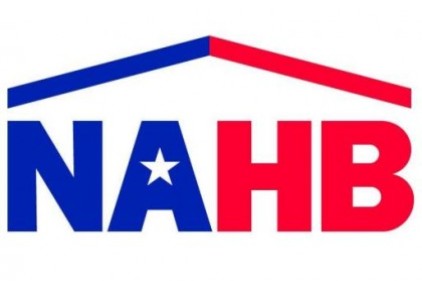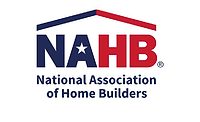Led by a resurgence in single-family production, housing will continue its climb toward higher ground in 2014, but builders are still confronting several challenges that could hinder the pace of the ongoing recovery, according to economists speaking at the National Association of Home Builders (NAHB) International Builders' Show (IBS) in Las Vegas this week.
"My single-family forecast for 2014 is pretty aggressive--822,000 starts which is likely 200,000 more than 2013," said NAHB Chief Economist David Crowe. "There are five key points to the turnaround. Consumers are back, pent-up demand is emerging, there is a growing need for new construction, distressed sales are diminishing and builders see it."
Consumer confidence has returned to pre-recession levels and household balance sheets are on the mend. Year-over-year household formations are on the rise and are now averaging 620,000 compared to just 500,000 during the housing downturn. At the height of the housing boom, the U.S. was producing 1.4 million additional households each year.
Meanwhile, new-home sales are averaging just 8.7% of total home sales, barely half the historical average of 16.1%. In the midst of the Great Recession, the cumulative lost number of existing home sales between 2007 and 2011 totaled more than 4 million, Crowe said. Moreover, the percentage of mortgages seriously delinquent has fallen and the decline has been larger in markets that had the highest rates.
In a sign that builders are well aware of the trend now under way, the NAHB/Wells Fargo Housing Market Index (HMI), which measures builder sentiment in the single-family housing market, has been above the 50 mark for the past eight months. Any reading above 50 means that more builders view sales conditions as good than poor.
However, Crowe cautioned that builders still face several headwinds, including rising building material prices, persistently tight mortgage credit conditions, difficulties in obtaining accurate appraisals and limited availability in labor and developed lots. Moreover, gridlock and uncertainty in Washington threaten to harm consumer confidence and future housing demand.
A Healthy Outlook
NAHB is forecasting 1.15 million total housing snttarts in 2014, up 24.5% from last year's total of 928,000 units.
Single-family production is projected to rise 32% in 2014 to 822,000 units and surge an additional 41% to 1.16 million units next year.
NAHB is anticipating 333,000 multifamily starts in 2014, up 9% from 306,000 last year.
Single-family home sales are projected to hit 584,000 this year, a 35.9% increase above last year's 430,000 sales.
Meanwhile, residential remodeling activity is expected to register a modest gain this year over 2013.
The slow and steady housing recovery will bring nationwide housing starts to 71% of normal by the fourth quarter of this year and 93% of normal by the end of 2015, Crowe said. Viewing the recovery on a state level, by the end of 2015, the top 20% of states will be back to normal production levels, compared to the bottom 20%, which will still be below 84%.
Mortgage Rates Up, but Housing Still Affordable
As the economy strengthens and the Federal Reserve tapers its buy-back of mortgage-backed securities, this should put upward pressure on mortgage rates, but not enough to harm housing affordability, according to Frank Nothaft, vice president and chief economist at Freddie Mac.
"Regarding mortgage rates, we've gone from dirt cheap to cheap, and I think we will see a gradual rise of about a half a percentage point to 5% in 2014," said Nothaft. But even then, he said, "most markets will remain quite affordable."
Nationally, Nothaft expects that home sales and prices will each rise about 5% in 2014 and that housing starts will post a 20% gain.
This year, he expects a big transition, as home purchase originations overtake the refinancing market.
"As we move into the 2014 home buying season, it will be a market dominated by home buying originations rather than refinance originations," said Nothaft. "This will be the first time since 2000 that purchase originations will dominate the market."
He said the reason for the change is because so many households looking to refinance have already done so, and as mortgage rates gradually rise, fewer home owners will look to refinance. Further, purchase originations are expected to increase as the overall housing market strengthens.
Pent-Up Demand Will Fuel Growth
In the aftermath of the Great Recession, there is a significant pent-up demand to form households and even to build homes, noted David Berson, senior vice president and chief economist at Nationwide Insurance.
"At least 3 million fewer households formed over the past five years than would normally have been expected," he said, noting that during this period many college graduates were forced to double-up or move in with their parents.
Stronger job growth and a strengthening economy in 2014 should lead to a rise in household formations, which will be important to supplement housing demand, he added.
"I think this will be a pretty good year for home construction," said Berson. "There will be a big increase in single-family construction, but not as much for multifamily."





